Bulk Pricing
2-Port RS-232 / RS-422 / RS-485 Serial to Ethernet Device Server, PoE Powered
The 2-Port Industrial Grade RS-232 / RS-422 / RS-485 Serial to Ethernet Device Server connects your serial equipment to IP networks with ease. PoE-powered and ruggedly built, it’s ideal for industrial, infrastructure, and remote management applications.
- Multi-Protocol Support: Dual DB9 ports for RS-232, RS-422, and RS-485.
- Power-over-Ethernet (PoE): Simplifies installation by eliminating extra power cables.
- Rugged Design: Durable metal case with DIN-rail and surface mounting options.
- Advanced Network Protocols: Supports TCP, UDP, VCOM, Modbus, and more.
- ESD Protection: 15KV surge protection ensures reliable performance.
Description
Introducing the 2-Port Industrial Grade RS-232 / RS-422 / RS-485 Serial to Ethernet Device Server, PoE Powered
The MSD-SRP2XM-PRO is a multi-protocol serial to Ethernet adapter designed to connect RS-232, RS-422, and RS-485 serial devices to IP-based Ethernet networks. Whether integrating barcode readers, CNC controllers, sensors, or POS systems, this device provides seamless communication between legacy serial devices and modern Ethernet infrastructures. With dual DB9 ports supporting multiple serial protocols, it serves as an ideal RS422 to Ethernet or Ethernet to RS485 adapter, ensuring smooth data flow across varied devices.
This RS232 to Ethernet server offers remote access and control through advanced network protocols, including TCP Server/Client, UDP, Modbus, and Virtual COM redirection. It supports PoE (IEEE 802.3af) to simplify deployment, drawing power through a standard Ethernet cable. Engineered with a rugged metal housing and flexible mounting options, the MSD-SRP2XM-PRO is built to withstand demanding environments such as industrial automation, smart infrastructure, and remote management setups.
Key Features and Benefits
- Multi-Protocol Serial Support: Connect RS-232, RS-422, and RS-485 devices through dual DB9 ports with support for 4-wire and 2-wire configurations.
- Ethernet Connectivity: Includes one 10/100 Mbps RJ45 Ethernet port, bridging your serial equipment to your network with ease.
- Power-over-Ethernet (PoE) Capability: Powered via PoE (IEEE 802.3af), reducing the need for additional cables or power sources.
- Rugged Industrial Design: Housed in a durable metal case with included DIN-rail and surface mount brackets for flexible installation in industrial settings.
- Advanced Network Protocols: Supports TCP Server/Client, UDP, VCOM, Serial Telnet, RFC2217, Modbus RTU, and more for versatile communication options.
- Enhanced Data Protection: Equipped with 15KV ESD protection on all serial signals to safeguard against electrical surges.
- Virtual COM Port Redirection: Easily integrate legacy software with no need for modifications using the VCOM driver.
- Flexible Power Input: Supports PoE or 5V DC power input for operation in various environments.
OS Support:
- Windows XP, Vista, 7, 8, 8.1, 10, and Windows 11
Package Contents
- 2-Port Serial to Ethernet Device Server
- 5V DC Power Supply
- DIN-Rail Clip
- Surface Mounting Bracket
- Screw Pack (4x)
(Surface mounting screws not included)
Specifications
Product Specifications
| Power |
| ||||||||
|---|---|---|---|---|---|---|---|---|---|
| Compliance |
| ||||||||
| Physical Characteristics |
| ||||||||
| Serial Attributes |
| ||||||||
| Software |
| ||||||||
| Environmental |
| ||||||||
| Performance & Safety |
| ||||||||
| Network |
| ||||||||
| Other Data |
|
Support
Product Documentation & Drivers
Product Documents
Need drawings, CAD files, or other compliance documentation? Click HERE
Serial F.A.Q.
Product F.A.Q.
View frequently asked product questions below. For all serial troubleshooting, visit this page.
Still need help? Reach out!
-
How do I clean and reinstall my FTDI drivers?
View Answer
-
- Download the CDM Uninstaller HERE.
- Extract the zip file, or open the “CDMuninstallerGUI.exe” utility.
- Leave the ‘Vendor ID’ set to 0403 and ‘Product ID’ set to 6001.
- Click Add.
- Click Remove Devices.
- Download the corresponding driver for your operating system and follow on-screen prompts. Windows Driver | MacOS Driver
-
-
How can I change my device’s COM port?
View Answer
-
- Click on Start and navigate to the Control Panel
- Locate and click on Device Manager
- Under “Ports (COM & LPT)” you will find your serial device titled “USB Serial Port” along with its current COM Port.
- Right click on “USB Serial Port” and click on Properties.
- Navigate to the “Port Settings” tab and click on “Advanced…”
- Once there, the “COM Port Number:” can be changed with a dropdown menu to select the port number.
- Click your desired port number (i.e. COM2) and click “OK”.
- Click “OK” once more.
- Your serial device is now assigned to your chosen COM Port.
-
-
How do I check to ensure the COM port is listed properly in Windows?
View AnswerTo ensure your serial device is installed properly, complete the following:
- Press Windows Key + R to open the Device Manager. Once Run comes up, type “devmgmt.msc” into the text field and press Enter.
- Expand the section labeled, Ports (COM & LPT).
- You should now see a COM number in brackets to the right of each port. If the device is installed properly, no exclamation points or question marks should be present next to the device.
-
I have everything hooked up, but nothing is functioning correctly.
View AnswerTo rule out potential issues, quickly test your individual components to ensure that they are working correctly individually, and are not the source of the problem:
- Serial cables
- Serial ports
- Serial devices
Test your components by:
- Hook up the serial cable(s), serial port(s), and serial device(s) in a different setup to see if the issue stems from a particular component, or the setup as a whole.
- Replace the serial cable, port, or device within your setup to further troubleshoot the issue’s origin.
When testing cables:
- Test each cable individually.
- Use short cables when you are testing.
When testing serial ports and devices:
- Press the Windows key + R, in Run, type devmgmt.msc, and press Enter to open the Device Manager. You can then check to see if your device is listed under Ports (COM & LPT).
- Ensure that the COM port number is the correct number for the serial device and that the software being used to connect the computer to the serial device uses the correct COM port number.
- If the device is listed with an error, follow the instructions on the website to reinstall the drivers.
-
Serial communication is not functioning correctly, how can I tell if the problem caused by the adapter or my serial software application?
View AnswerOlder serial communication applications make use of legacy hardware addresses, often incompatible with PCI, PCIe, and USB to Serial products. Contact the software provider to troubleshoot.
-
I am receiving an error when I try to install the drivers in Windows 8 64 bit.
View AnswerDriver Signature Enforcement in Windows 8 may need to be disabled in order to use various drivers. After disabling this feature, the driver will be allowed to install.
Note: You are required to restart your computer after disabling the Driver Signature Enforcement. Save all open work on your computer.
Disable driver signature enforcement:
- Press the Windows key + C.
- Click Settings > Change PC Settings.
- In the left pane, click General.
- In the right pane, under Advanced startup, click Restart now.
When your system restarts:
- Click Troubleshoot > Advanced options > Startup Settings > Restart.
- Press 7.
When your computer restarts, Driver Signature Enforcement will be disabled and you can install the drivers.
-
I am receiving an error when I try to install the drivers in Windows 10 64 bit.
View AnswerDriver Signature Enforcement in Windows 10 may need to be disabled in order to use various drivers. After disabling this feature, the driver will be allowed to install.
Note: You are required to restart your computer after disabling the Driver Signature Enforcement. Save all open work on your computer.
Disable Driver Signature Enforcement:
- Click the Windows icon in the taskbar.
- Click Power.
- Press and hold the Shift key and click Restart.
After your computer restarts:
- Click Troubleshoot > Advanced Options > Startup Settings > Restart.
- Press 7.
When your computer restarts, Driver Signature Enforcement will be disabled and you can install the drivers.
-
Why did the software not install properly in macOS High Sierra (10.13) or later?
View AnswerHigh Sierra 10.13 and later versions of macOS enforce strict security policy revisions. In order for the device to operate, software packages like those used in this installation must be allowed in macOS Security and Privacy settings once the software is installed.
Once the driver/software is installed, follow these steps to allow the software:
- Open System Preferences.
- Open Security & Privacy.
- Click the Allow button near the bottom of the General tab.

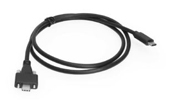

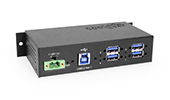
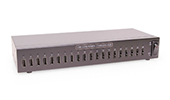
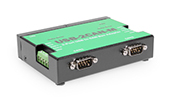
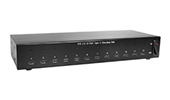

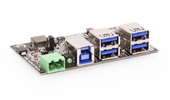
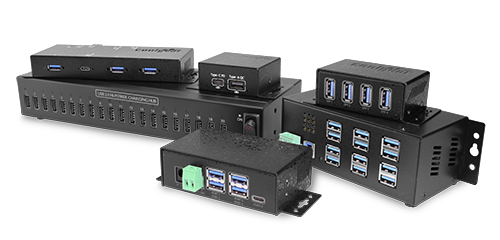
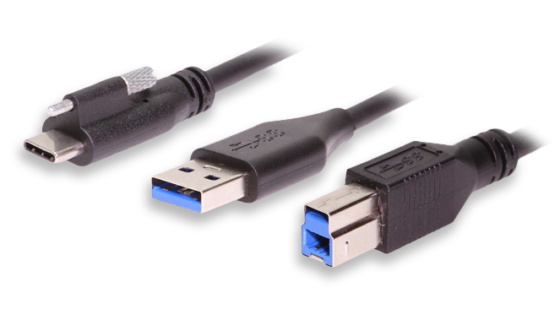
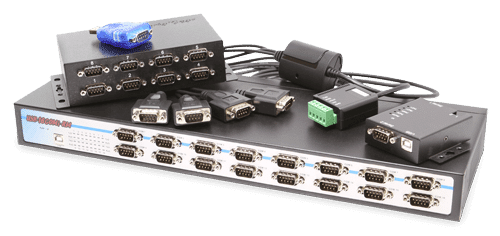
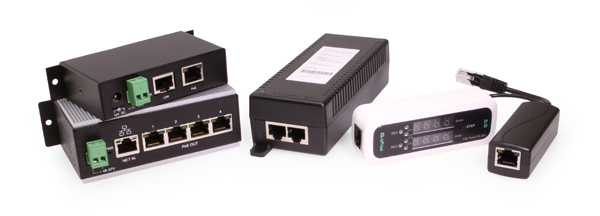
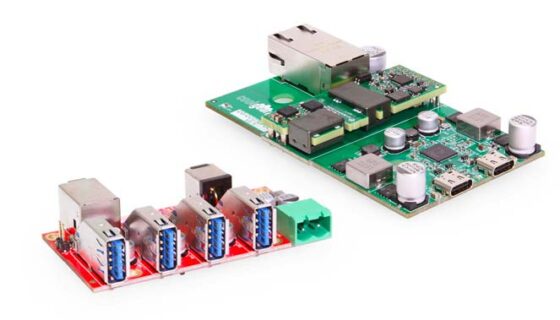







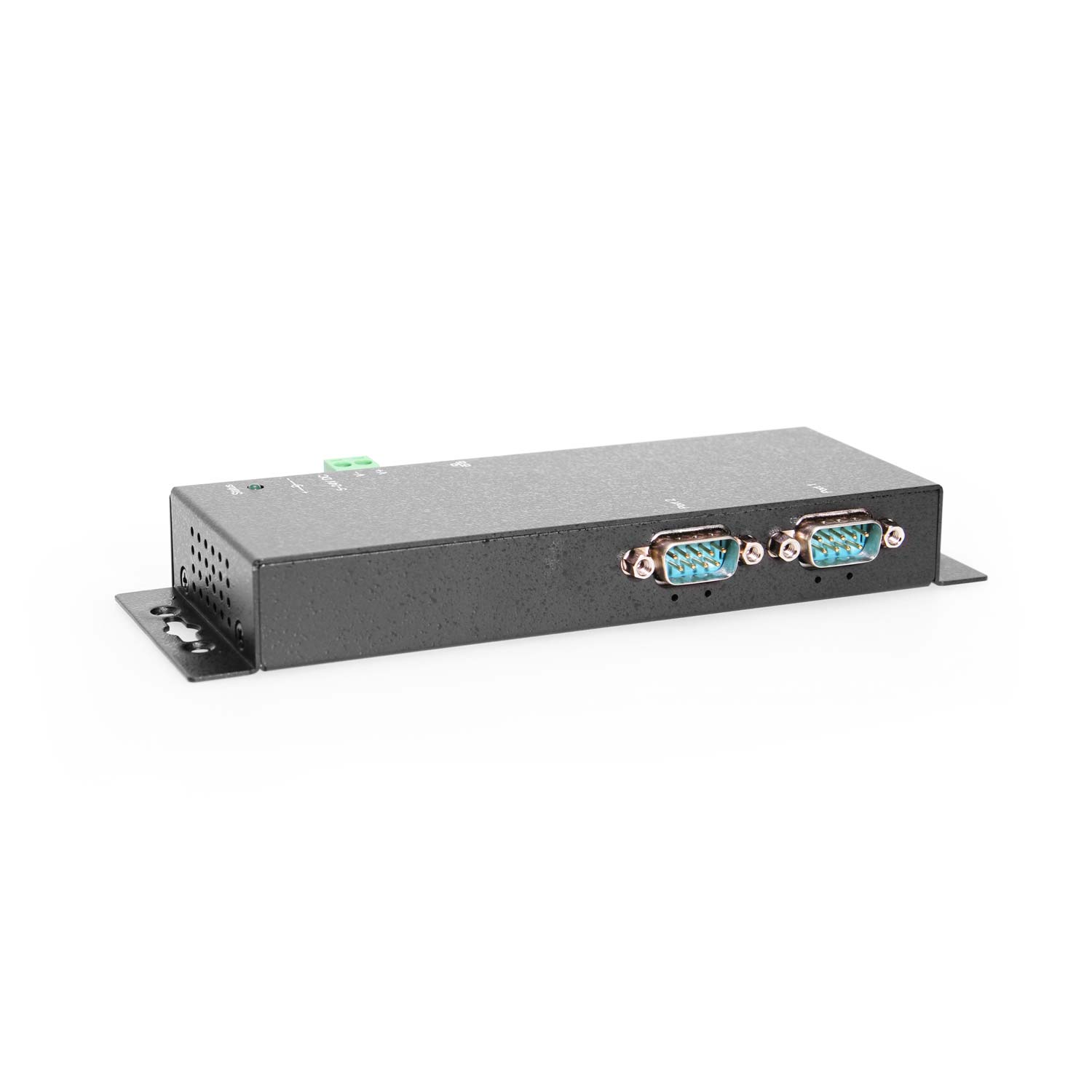
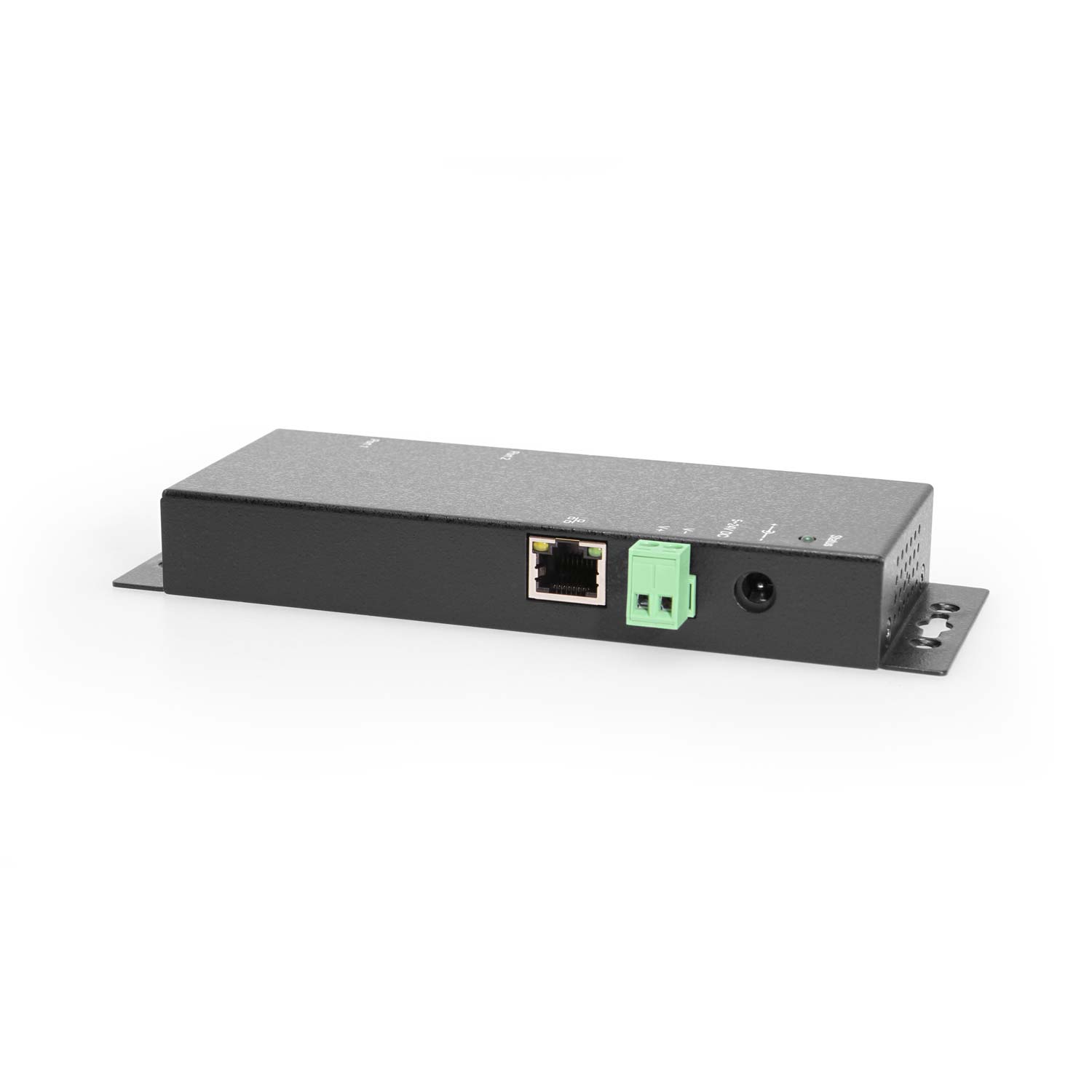
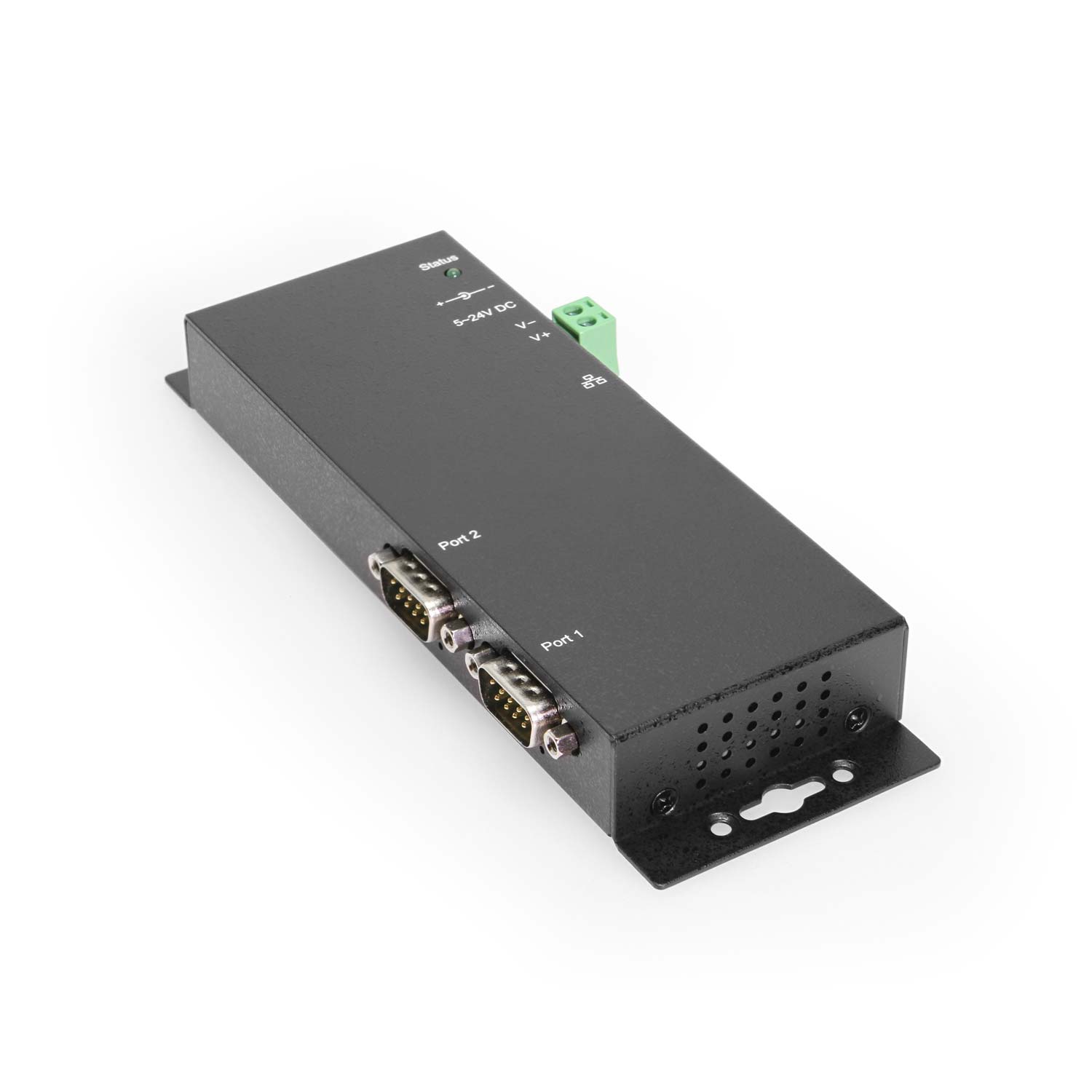
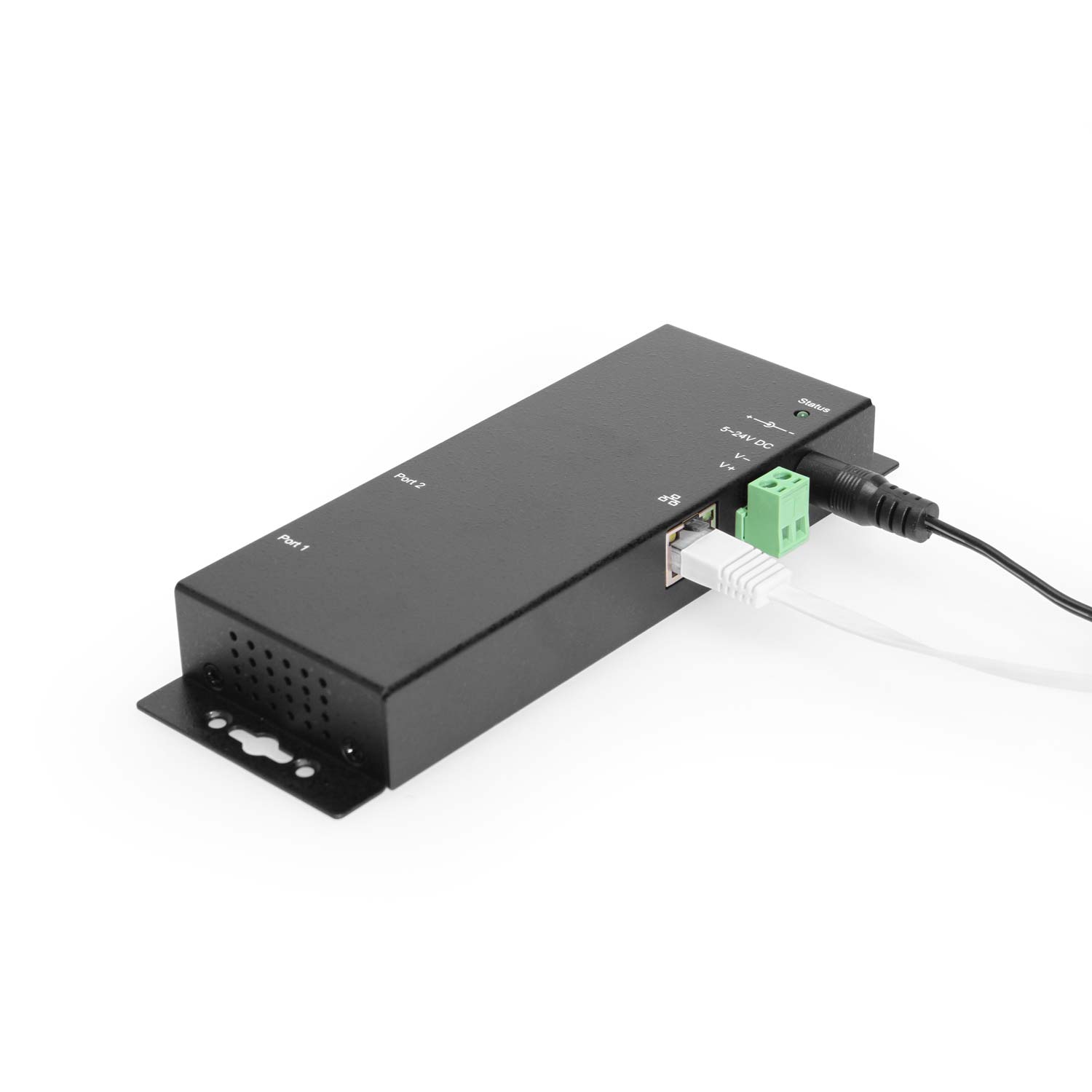
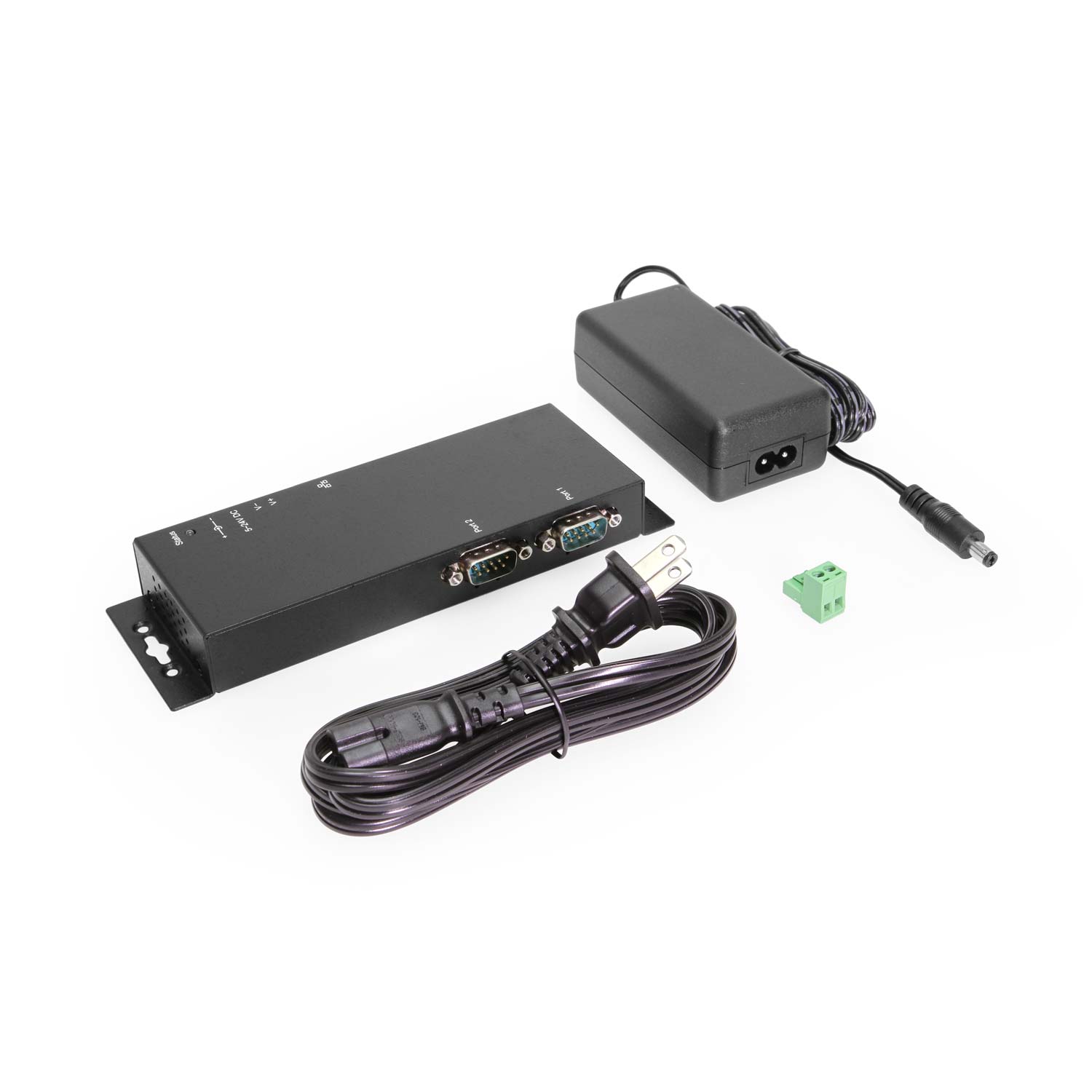
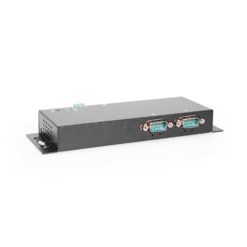
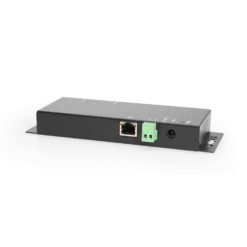
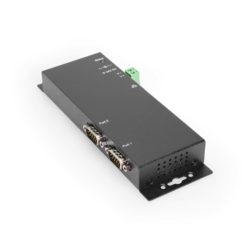
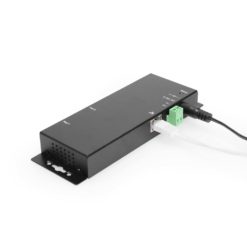
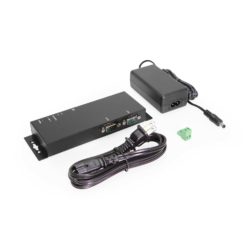
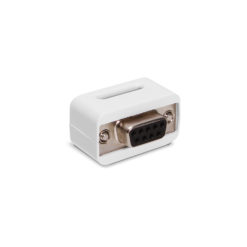
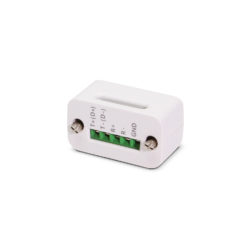
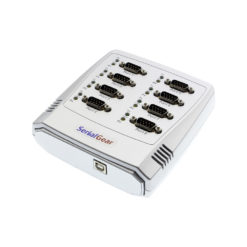
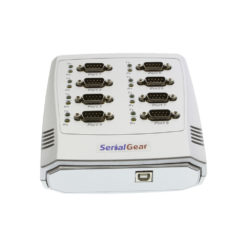
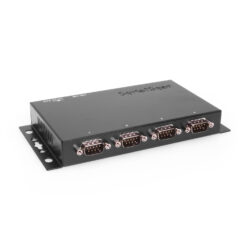
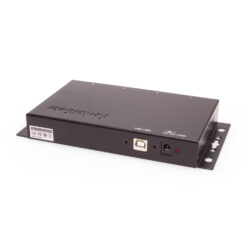
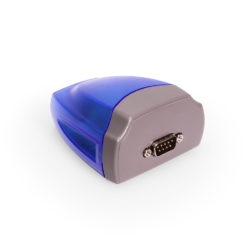
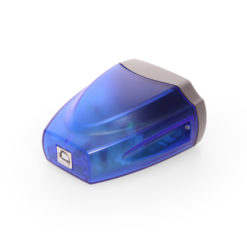
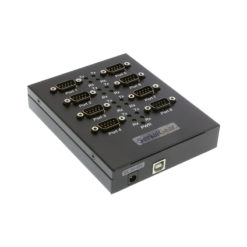
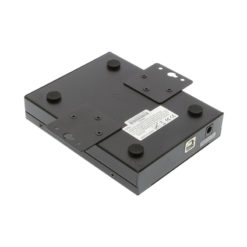
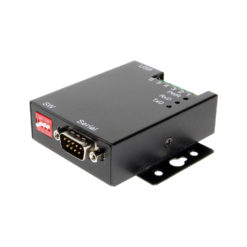
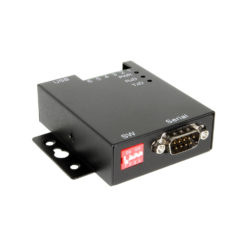
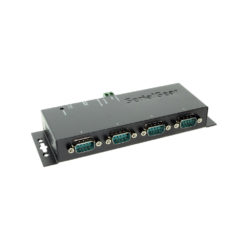
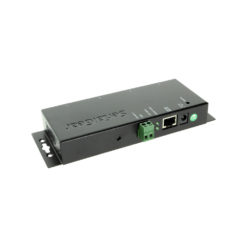
Reviews
There are no reviews yet.